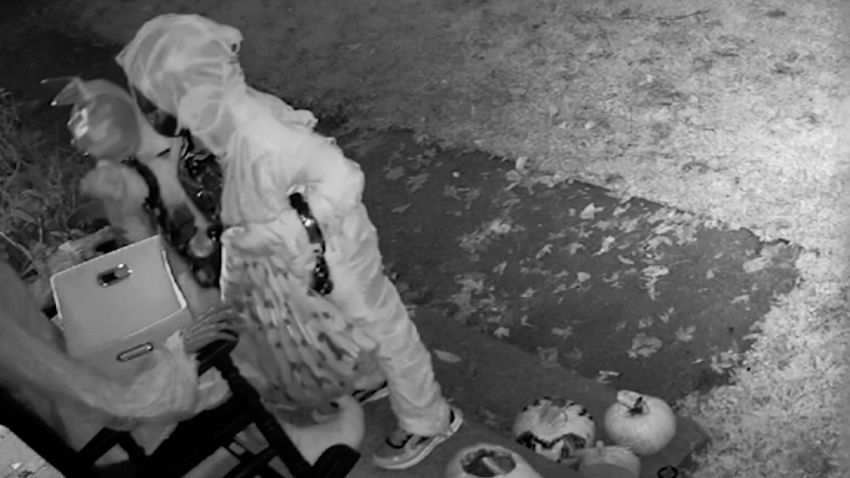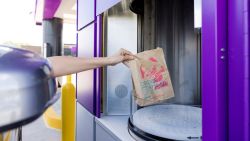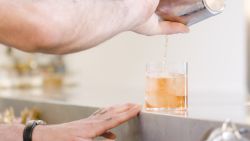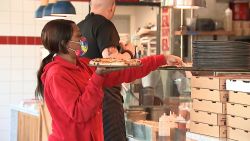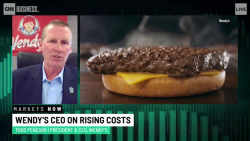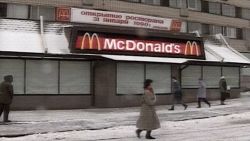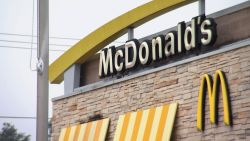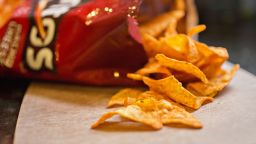Between warnings of a recession, high inflation and layoff fears, the news is bleak. Why not have some chocolate?
Chocolate makers are reporting booming sales as stressed out customers reach for something sweet to take the edge off.
In the third quarter, sales of Hershey’s (HSY) chocolates, which include Reese’s, Kit Kat and Hershey bars, jumped 12.6% in retail. Mondelez (MDLZ), the global snack brand that makes Toblerone, Cadbury and others, said its chocolate sales grew 9.3% in the quarter.
Chocolate, like many comfort foods, got a boost during the pandemic. But unlike other categories such as pizza, where interest fell off as employees returned to the office and kids went back to school, chocolate is still growing — thanks in part to demand from stressed out consumers.
“Chocolate grew in 2020 and has maintained that growth, something many industries were not able to do,” according to a 2022 report from the research firm Mintel. “Increased at-home occasions, the need for fun and relief from stress, and the availability and convenience of chocolate all contributed to this upward trajectory.”
In the year through October 30, chocolate sales hit $17.7 billion in US retail, according to data from market research firm IRI, up from $14.6 billion for the year in 2019.

One reason for the growth is higher prices for groceries and snacks, including chocolate. The increase isn’t affecting sales too much — shoppers are not that sensitive to changes in the price of chocolate, said Dan Sadler, principal of client insights at IRI, who has expertise in the confections market and tracks price sensitivity.
In the second quarter, IRI found that elasticity for chocolate was about -.4. That means that a 10% increase in prices would result in only a 4% drop in sales by volume, Sadler explained.
“You can raise that price, and you’ll see a little bit of a hit to volume, but not a whole lot, not like you will in some other categories,” he said.
Even chocolate makers have been surprised by how well demand is holding up.
Elasticity “remains below expectations,” said Mondelez CEO Dirk Van de Put during a recent analyst call discussing the company’s third-quarter results, lower even than before Covid. “We see consumers saying that chocolate is really something they cannot live without.”
Hershey raised its net sales and earnings outlook for the year on November 4th, when it reported third-quarter results that exceeded its expectations.
“Our products remain an affordable treat for families and for consumers,” said Hershey CEO Michele Buck during an analyst call. “We know that part of that is they want to reward themselves when times are tough. They also use these products to relieve stress. And we think that those trends will continue.”
Customers are making some changes, she noted, like shopping at value channels or choosing value packs.
It’s not s’mores without Hershey
Companies like Mondelez and Hershey are largely spared competition from store brands, or private label, which are gaining ground as grocery prices rise.
According to IRI, just 2.7% of the US chocolate retail market is made up of private label, while that portion is much higher in other categories. In dairy milk, for example, store brands account for about 62% of sales. Even in salty snacks and non-chocolate candy, private label share is at 4.8%.
Shoppers are “brand specific” when it comes to chocolate, Sadler said. “You’re gonna make s’mores with a Hershey bar, you’re not going to substitute with something else.”
Mondelez benefits from that kind of brand loyalty, as well. “Shoppers continue to say they are much less likely to switch to private label in chocolate and biscuits compared to other categories,” said Mondelez’s Van de Put during the call.
Eventually, higher prices may hit the chocolate category. IRI is seeing volume sales start to dip, Sadler noted, suggesting that consumers are becoming more price sensitive.
And though private label sales pale in comparison to national brands, they are also growing at a faster clip than branded chocolate.
IRI’s data shows that private label sales rose 16% in the year through October 30 compared to the year before, while national brands grew by 8.8%.
Still, chocolate isn’t going anywhere. The sweet’s “position as an accessible indulgence will help shield it from significant impacts,” Mintel’s report said.

